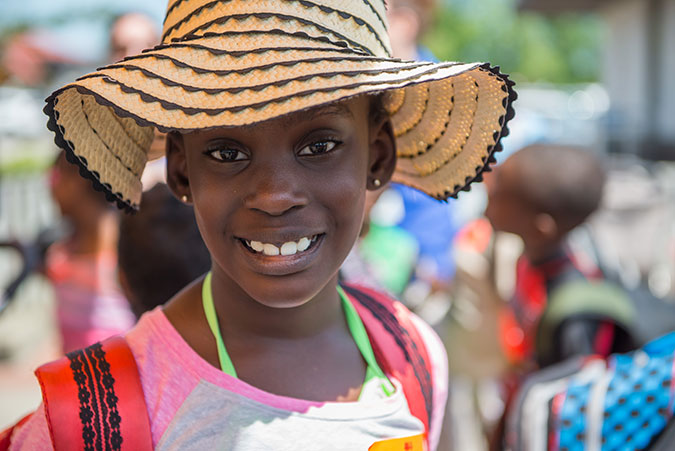view all PLASP BLOG posts
We take a lot of photos at PLASP - but only with your consent
With more than 10,000 active and busy children enjoying themselves in PLASP programs – in more than 200 schools across Peel Region and Toronto – taking photos and posting them on social media seems to be an obvious marketing strategy for PLASP Child Care Services. And we know, from the recent success of our social media efforts, that families, volunteers, staff and community partners love seeing what kind of experiences that children are having in PLASP programs.

But – of these 10,000 children, how does PLASP identify the children who can have their photos taken, and those who can not?
We know from our data that 86% of parents have given consent to have their children photographed within the PLASP program. With this consent comes a level of trust – parents know that PLASP will use the photos of their child in a responsible manner, while respecting the privacy of the child as much as possible.
At PLASP, the trust that families place with us as child care providers is a top priority.
Here are some of the guidelines that PLASP follows to ensure that family trust is maintained, while still allowing families, volunteers, staff and community partners the opportunity to see what is happening in the PLASP program on a daily basis:
If PLASP does not have permission to photograph a child, they will not be photographed. In smaller programs, it’s easy to keep track of the children that aren’t allowed to be photographed – usually it’s only 1 or 2 children. In most cases, these children are identified and the photographer can work around them. In larger groups however, like on PA Day trips, where there can be up to 1,000 kids visiting a location like the Toronto Zoo, these children are identified with a fluorescent green sticker that’s easy to spot by the photographer. This usually happens as they’re getting off the school bus and waiting to be admitted to the venue.
Children are never identified by their full name. Occasionally, a child may be interviewed about their experience within the PLASP program. On those occasions, only the child’s first name is used, and the parent is always given the opportunity to review the quote before it is published.
School locations are never identified. We do not disclose the locations of the sites we are visiting to protect the identity of the children being photographed. We ask families, volunteers, staff and community partners commenting on our social media posts to do the same
The children that can’t be photographed are still included. Most children are very understanding when we explain to them that their parents would rather we not take their photograph. As much as possible, the PLASP staff will find other ways to include them. We might ask them to assist the photographer with taking photos – often they are just as happy to be behind the camera instead of in front of it. Other times, the PLASP staff will redirect the children to other activities so they’re not aware that their photograph is not being taken. And if a child that’s not supposed to be photographed accidentally has their photo taken, it’s deleted. We take photo consent very seriously.
Photo consent is checked prior to every program visit. A report is generated from the PLASP database identifying the children that can not be photographed. The criteria the report draws from is generated from consent that was given either during registration or the confirmation period. Because this report is extracted the day the visit occurs, only the most up-to-date consent is used.
Not sure if you have provided the consent required for your child to be photographed? You can check by logging in to your parent profile at plasp.com and following these steps:
-
My Profile
-
Children
-
Edit Child
You may also visit our online tutorial for a detailed guide to check consent and to read more about what your consent involves. Curious to see the types of photos we post? Follow us on Facebook, Twitter and Instagram to see!



PLASP Child Care Services